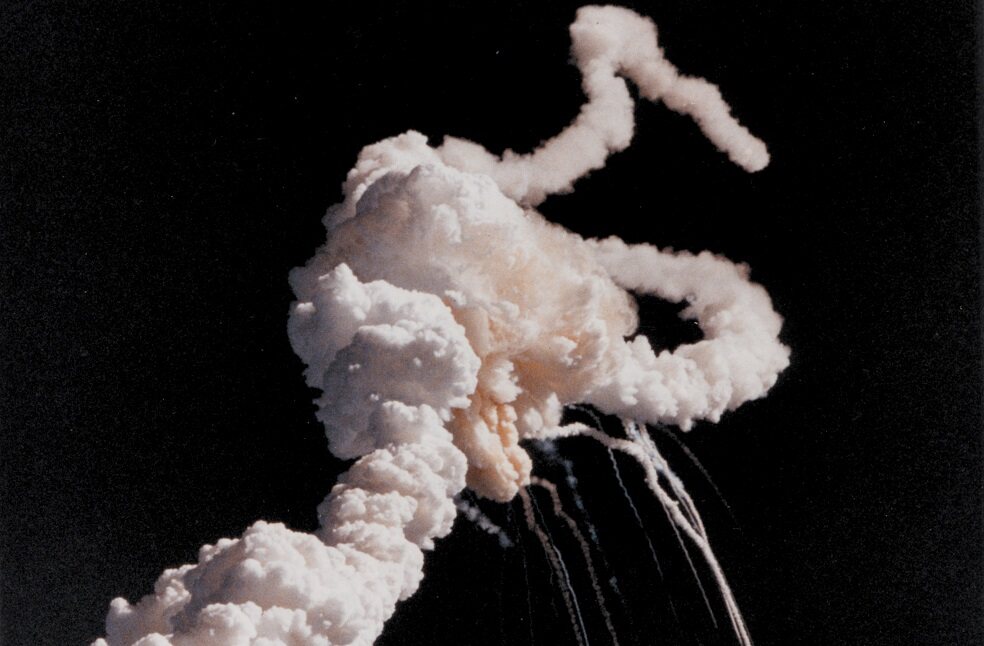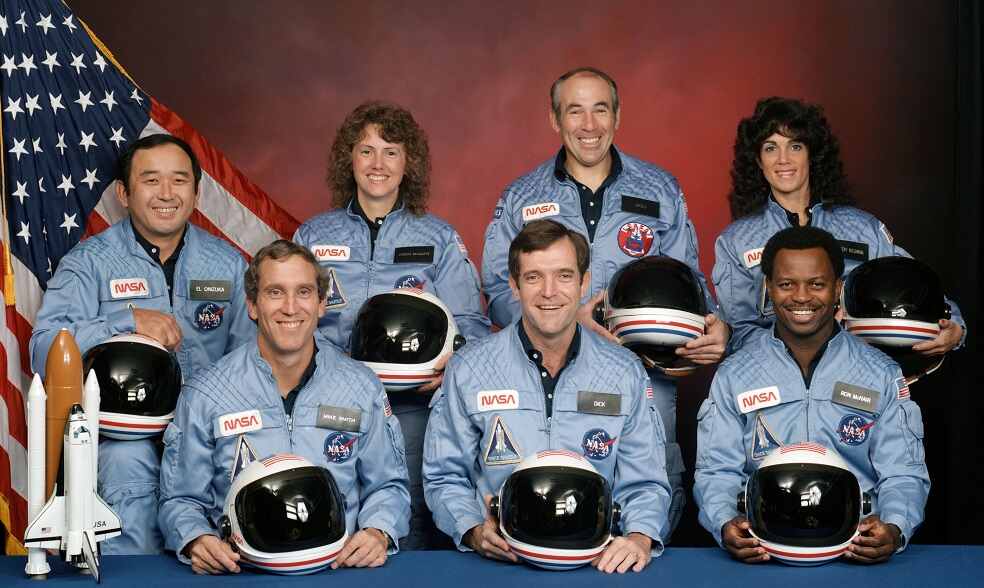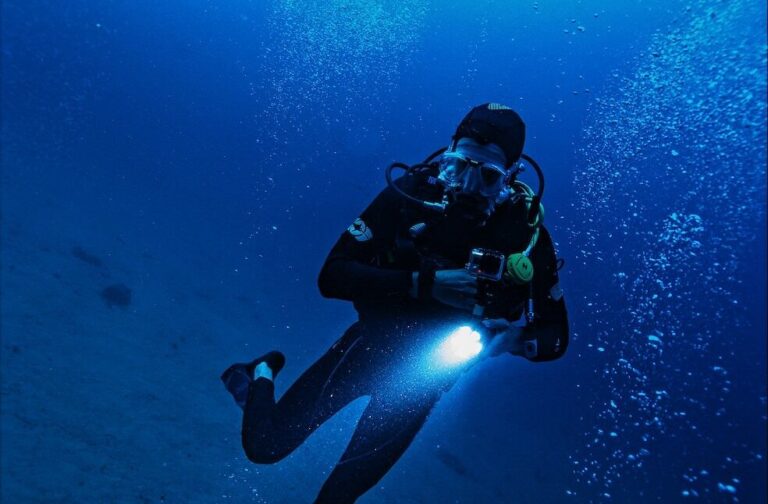Washington, D.C., US: A significant part of the wreckage of the Challenger space shuttle has been discovered in the sand at the bottom of the Atlantic Ocean off the coast of Florida. The revelation by NASA’s Kennedy Space Centre in Florida comes close to 37 years after the shuttle broke apart shortly after launch on 28 January 1986, killing seven astronauts.
While filming the new History Channel series “The Bermuda Triangle: Into Cursed Waters”, a television dive team, including underwater explorer and marine biologist Mr. Mike Barnette and wreck diver Mr. Jimmy Gadomski, discovered the wreck while searching for the remains of a World War II aircraft.

NASA has finally confirmed that the fragment is from the tragic Challenger space shuttle. It is thought to have come from the belly of the shuttle as there are square thermal tiles and it is at least 15 feet by 15 feet, but it could be larger as part of it is covered with sand.
According to Michael Ciannilli, a NASA manager in charge of the wreckage of the Challenger Disaster as well as the lost shuttle Columbia, which broke up on re-entry over the western USA in 2003, the shard is the largest component of the shuttle ever discovered since the catastrophe began.

Upon first hearing about it, it brings you right back to 1986.
Mr. Ciannilli opined.
The newly discovered debris is currently in the water near Cape Canaveral in Florida and, by law, still belongs to the US government. The families of all seven Challenger crew members have been informed and NASA is currently deciding what to do next.
NASA Administrator, Mr. Bill Nelson who was handpicked by President Biden to head the space agency observed that “While it has been nearly 37 years since seven daring and brave explorers lost their lives aboard Challenger, this tragedy will forever be seared in the collective memory of our country.”
The Disaster

Only 73 seconds after take-off, the last Challenger flight led by Mr. Francis R. “Dick” Scobee and Mr. Michael J. Smith had a serious problem. The spacecraft had been on the launch pad at NASA Kennedy Space Centre overnight when a cold front brought freezing temperatures that caused ice to form. The launch was scheduled as NASA’s 25th shuttle mission.
Despite some staff members voicing their concerns, the mission was cleared for launch. An agency investigation later revealed that the O-ring seals in the solid rocket booster segment joints had been compromised by the surprisingly low temperatures.



